If there's one piece of fitness advice that everyone agrees on, it's "squats make for strong legs". Most enthusiasts agree that the squat is the king of leg movements, and for good reason, because it really works. In fact, the squat must be done before any other leg movement. There is some truth to these complaints when faced with the whining that comes with hard and painful training. The wrong kind of deep squat can really hurt your knees and make the deep squat even less of a quadriceps movement.
Here are some tips to remember when doing deep squats. Try these variations to make the deep squat more effective and less damaging in the long run. In the meantime, your leg circumference gets bigger!
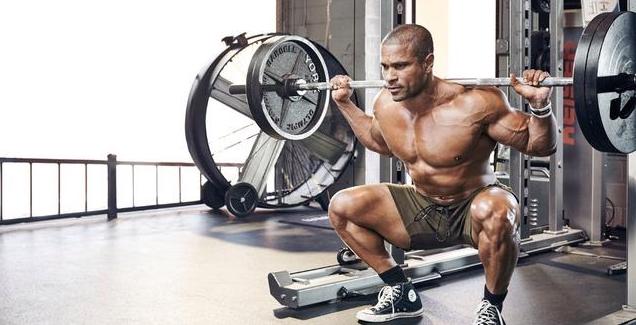
Tips for deep squats
A lot of guys say they practice deep squats, but see something completely different.
Knowing how to do a deep squat properly and how to do the movement are very far apart. Squatting with a wide distance between your legs, arching your back or using too much weight. Waiting first and using increasingly heavy weights requires the correct technique to build the quads first.
Here are a few pointers.
Use a medium or narrow stance for the majority of the time for deep squats. This will train the quads, not the inner thighs, and allow your target muscle to grow.
Squat to maximum range of motion. The full range of motion activates a higher percentage of the muscle's motor units than the half range of motion, and it causes less joint damage for the same amount of training. More motor unit activation can mean more whole muscle development, which is important for achieving the goal of a "complete abdominal". What is the full movement? "Just look at the depth of the squat of Olympic lifters ...... which means squatting as deep as possible." There is a third benefit to squatting deep enough: stretching the muscles under tension promotes muscle growth.
Lift your chest and keep your back flat. Stand as straight as possible. This puts the back in a safer position and also ensures that the quads are more engaged than when the body is tilted. A high bar position is best for standing straight, and deep squat shoes really help to keep the back flat and the depth of the squat. A deeper squat with a greater back angle and increased quadriceps engagement will go a long way towards building muscle.
Hip flexion and knee flexion. By flexing the hips first (with the back flat of course), you can reduce the shear forces directed at the knees. This squatting position will not cause knee pain. On the other hand, bending the knees first may cause knee pain.
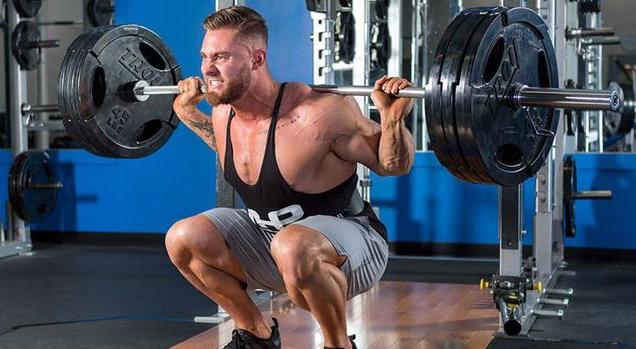
Range of squat reps
In any case, the goal is to promote muscle growth, so there is no reason to do squats with a lot of weight. If the weight of the barbell is more than 60% of your 1RM, then the volume of training (sets x reps x weight) is the most important factor in developing muscle size.
Therefore, most deep squats should be heavy enough to stimulate muscle growth, but also light enough so that you can stick to the required volume each week. For most of the little guys, choosing a challenging weight and doing 8-12 reps per set of squats is a good range of reps as this is the main range of reps for most squat movements.
If you can do squats with greater weights in this range, your legs will get bigger. It's rare to see someone who can do 10 squats in a row with 200kg and still not have bigger legs. tom Platz can do 23 squats with over 200kg and if you can do that level too, your legs are guaranteed to be impressive.
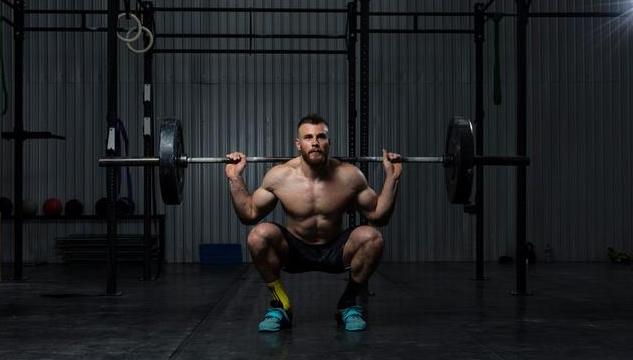
Sets of squats
It is difficult to give straightforward advice as everyone's tolerance is different and depends on a number of factors. For example, experienced trainers do at least 12 to 20 sets of squats a week, split into two (say Monday and Thursday). In addition to doing squats, they will also do arrow squats, leg raises and/or huck squats (all of which should be done the whole way through and within the effective range of reps).
In this case it is a judgement call based on fitness ...... If you can recover and get stronger from more sets of training (if you can't keep up, you will need to reduce the number of sets), do it as it actually happens.
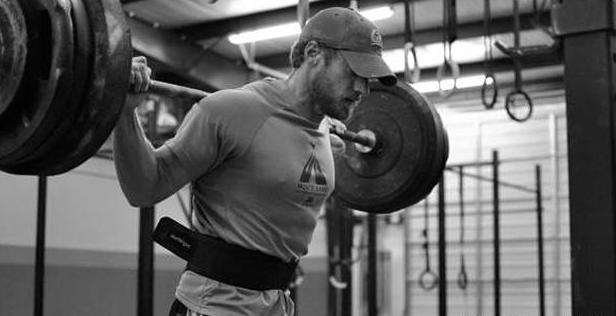
Frequency of squats
Many guys only train their legs once a week, which is enough for the experts, whose legs take a long time to recover. If you can control the volume of training well (not too much per session), twice a week leg work is more likely to maximise muscle growth.
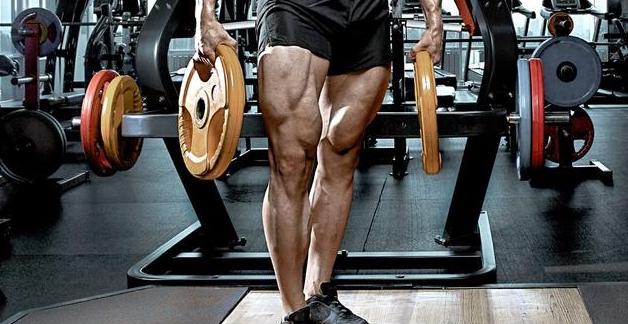
Periodised training/variation movements
When we train a muscle in any particular way, over time it loses its sensitivity to a particular stimulus. Therefore, making planned changes to your training is a feature of a good fitness programme.
The deep squat position can be changed periodically (approximately once a month). It is possible to do traditional high bar squats in one cycle, then narrow stance squats the next cycle, then wide stance squats the next cycle, then back to traditional stance using a greater weight than before. The more experienced guys can use other bars and positions (safety bar, Buffalo barbell, low bar squat) to add variety.
The rep range can sometimes be dropped lower. Performing muscle building exercises all the time will desensitise the muscles to the growth path. To re-adapt, medium or heavy weight squats (around 5 reps per set) can do wonders. Returning to high volume training after such low volume, high intensity training will give you a pump like you have never had before and muscle growth will follow. This type of training can be done two to three times a year to maintain muscle growth.
Popular Articles
-
The world's most expensive shirt: 22k solid gold to create, worth $230,000

-
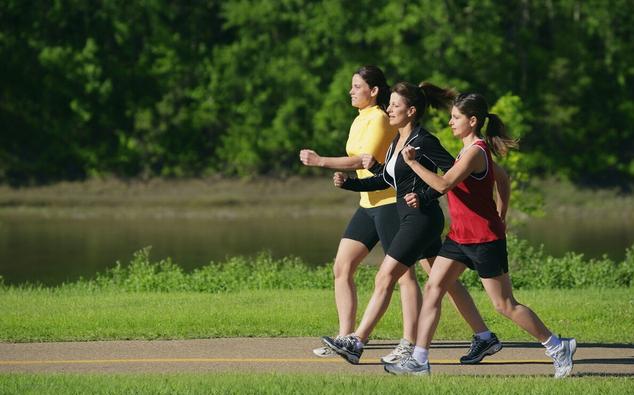 Weight loss, should you choose brisk walking or running?
Weight loss, should you choose brisk walking or running?Apr 04, 2025
-
 Healthy Fruit Sevings in Spring Pineapple White Fungus Broth
Healthy Fruit Sevings in Spring Pineapple White Fungus BrothApr 04, 2025
-
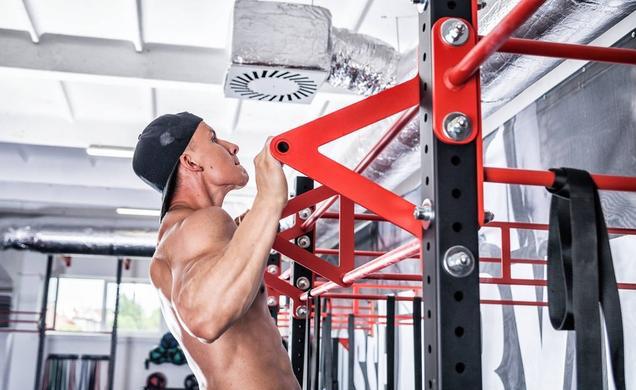 A combination of shoulder and back exercises to create a firm shoulder and back line
A combination of shoulder and back exercises to create a firm shoulder and back lineApr 04, 2025
-
 Working out and not working out are two completely different lives.
Working out and not working out are two completely different lives.Apr 04, 2025
-
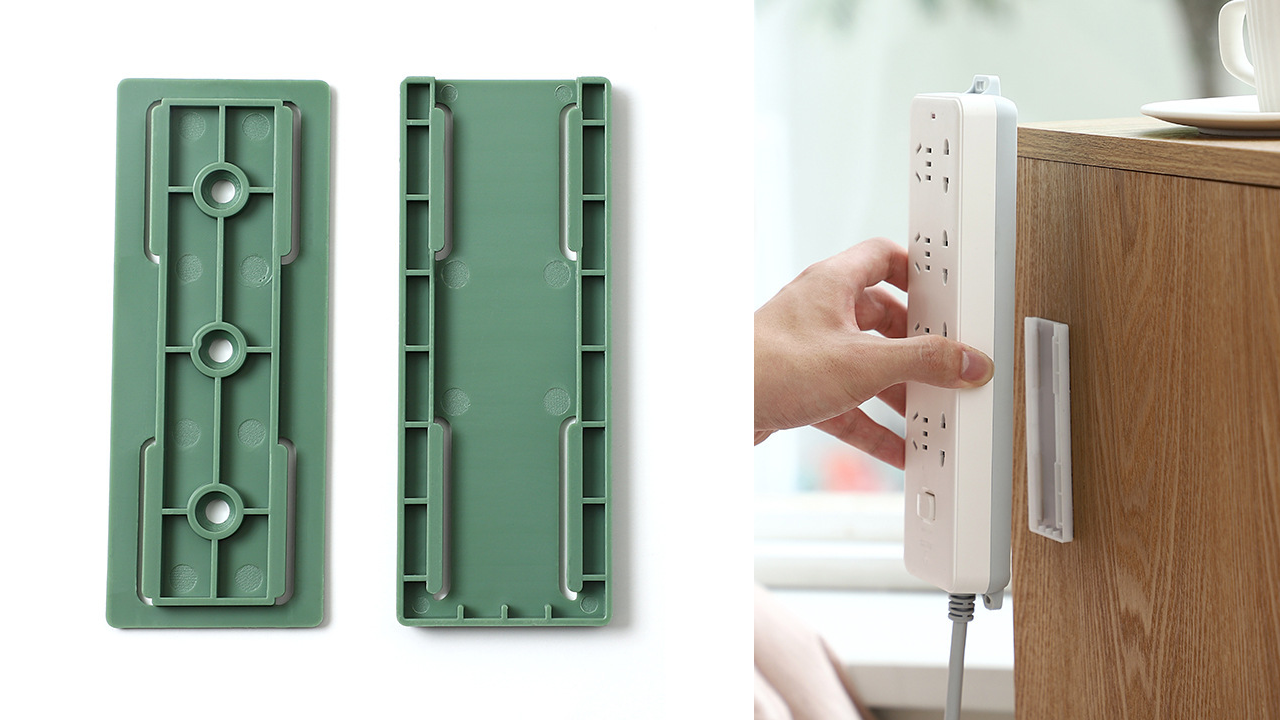
Photos
Keep your power sockets and air conditioner remote control well storedApr 04, 2025







Comments
0